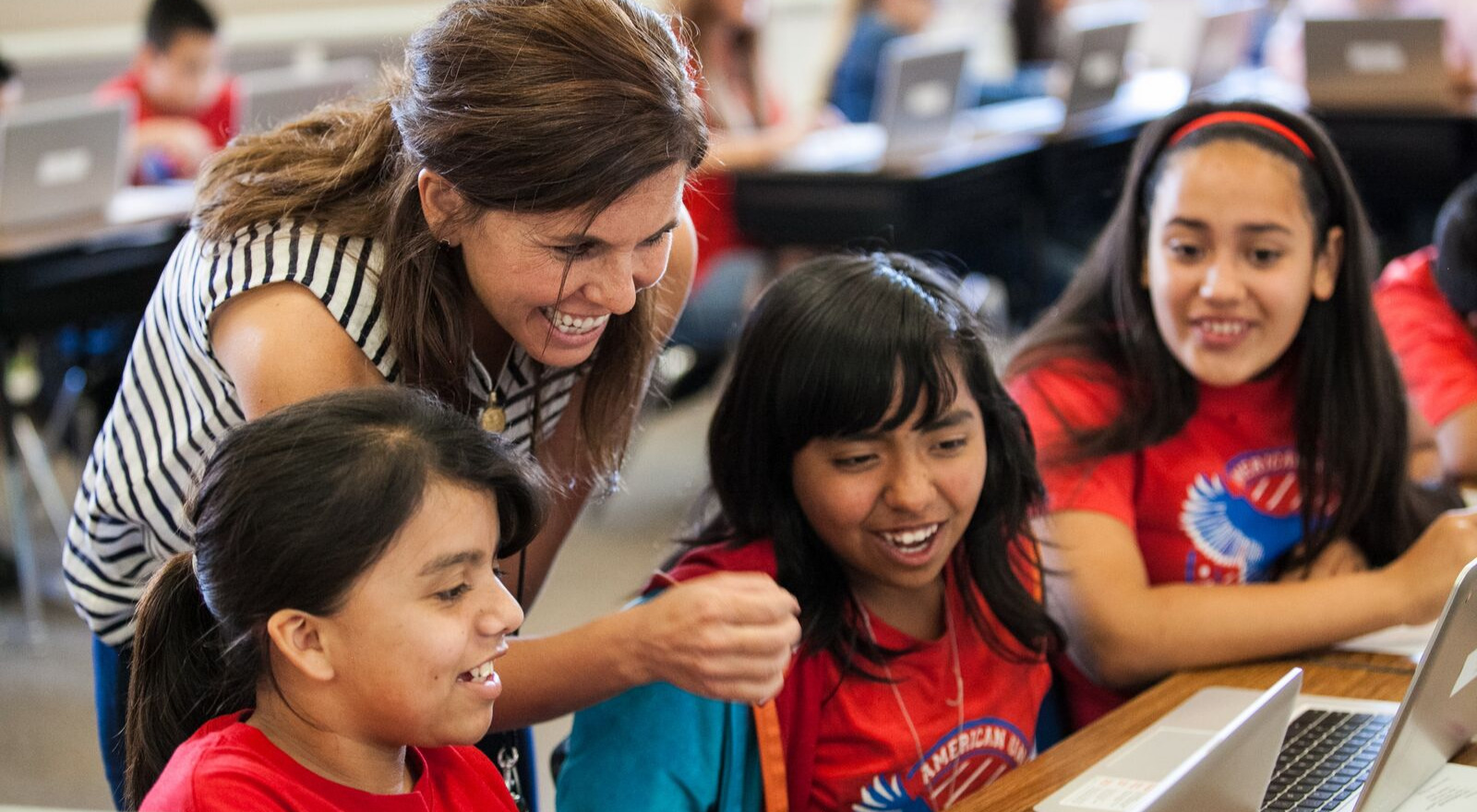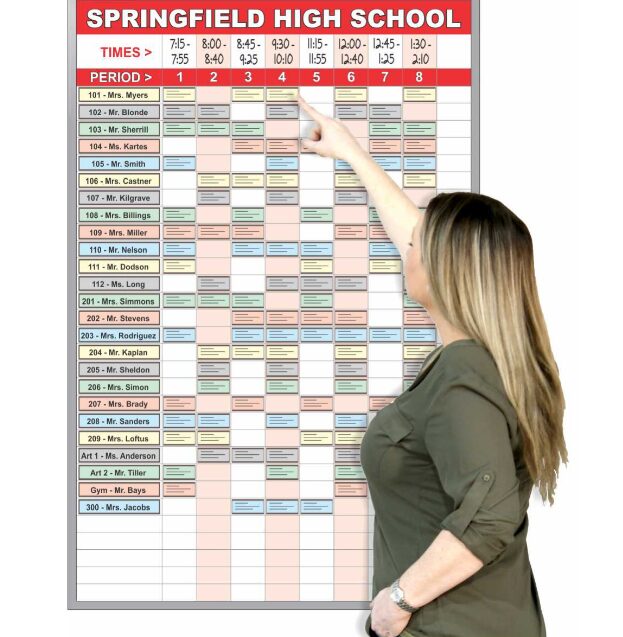8 EFFECTIVE METHODS TO TEACH YOUNG LEARNERS

Teachers play a vital role in shaping learners’ education and social development (bestassignmentwriter, 2018). They have the responsibility to provide a safe and nurturing learning environment that promotes active learning, curiosity, and creativity. This is why almost all the top educational institutions around the world have a rigorous teaching hiring process that follows strict criteria, according to which you must be an individual with a genuine interest in working with young children and a passion for education. This article will discuss some of the common issues that most teachers encounter while teaching young learners and the most effective teaching methods that every teacher should know to create a positive and impactful learning experience for their students.
Contents
- 1 The Difficulties of Teaching Young Learners
- 2 How to Teach Young Learners – 8 Helpful Ways
- 2.1 1. Follow the Teaching Cycle Stages
- 2.2 2. Organize your Teaching Steps in a Process Form
- 2.3 3. Encourage Students to Make Mind Maps
- 2.4 4. Create a Collaborative Environment in the Class
- 2.5 5. Integrate Mastery and Mindfulness activities
- 2.6 6. Incorporate Visual Aids
- 2.7 7. Promote Creativity through Digital Storytelling
- 2.8 8. Add Humour to Lessons
- 3 Final Thoughts
- 4 References
The Difficulties of Teaching Young Learners
Teachers who work with young learners must be able to adapt their teaching strategies to ensure their students receive the best possible education. For this purpose, it is essential to understand the difficulties you may encounter while dealing with young students to equip yourself with the required skills and tactics. Some of the major obstacles are as follows.
Þ Young Learners’ Shorter Attention Span
Young children have a shorter attention span than older students, making it challenging to keep them focused on a task for an extended period. Teachers need to create short, engaging activities that maintain their students’ attention and switch between activities regularly to prevent boredom.
Þ Young Learners’ Limited Vocabulary and Language Skills
Young learners may not have the same language proficiency as the teachers’, making it difficult for them to understand complex concepts. Also, the lack of vocabulary and language skills may lead students to face academic writing challenges. Although the writing challenges can be overcome later, by hiring assignments, coursework and buy PhD dissertation service based experts, however, it can never negotiate with a teacher’s responsibility.
It is the teachers’ duty to develop language skills in their students from the very beginning. Teachers need to use simple language and gestures to help young learners comprehend the lesson. Additionally, teachers can encourage young learners to ask questions and provide regular opportunities for students to practice their language skills in a supportive environment.
Þ Young Learners Need Frequent Breaks and Varied Activities
Young learners need frequent breaks and varied activities to maintain their focus and motivation. Teachers need to incorporate physical activity, music, and movement into lessons to keep their students engaged. Additionally, providing opportunities for young learners to make choices and have some control over their learning can also help to maintain their motivation and focus.
Þ Young Learners Lack Life Experience and Prior Knowledge
Young learners have limited life experience and may not have the prior knowledge required to understand some concepts. If older students face the same issue i.e. difficulty in comprehending any topic, they may seek online academic assistance, such as assignment writing, essay writing or proposals for dissertation from professionals but young learners usually do not have exposure to these resources. That’s why teachers while dealing with young learners, need to build on what their students already know and use real-life examples to help them understand topics.
Þ Classroom Management Challenges
Managing young learners can be challenging due to their energetic and sometimes unpredictable behaviour. Teachers need to establish clear rules and consequences, praise positive behaviour, and provide positive reinforcement to maintain classroom order. Furthermore, establishing routines and consistent classroom procedures can help young learners understand what is expected of them and reduce the likelihood of disruptive behaviour.
How to Teach Young Learners – 8 Helpful Ways
It is crucial to understand that young learners are at different developmental stages and have different learning styles and preferences. Teachers should tailor their lessons to meet these varying needs by incorporating a range of teaching strategies and activities. The eight most useful tactics are here to help you in this regard.
1. Follow the Teaching Cycle Stages
The teaching cycle stages are a useful framework for designing effective lessons for young learners. The cycle typically consists of four stages: planning, implementation, assessment, and reflection. During the planning stage, teachers should identify the learning objectives, select appropriate materials, and design activities that will help young learners achieve their goals.
In the implementation stage, teachers should use a range of strategies to deliver the lesson and engage students, such as visual aids, active participation, and varied activities. Assessment allows teachers to evaluate their students’ progress and adjust their teaching methods accordingly. Finally, reflection helps teachers to evaluate the effectiveness of their lessons and identify areas for improvement. By using this whole strategy, teachers can design effective lessons that support young students’ learning.
2. Organize your Teaching Steps in a Process Form
A well-structured teaching process includes a series of steps that build on each other to support student learning. These steps can include setting learning objectives, selecting appropriate materials and resources, designing activities that promote active engagement, providing opportunities for student feedback and assessment, and reflecting on the effectiveness of the lesson. By following a structured process, teachers can ensure that their lessons are engaging, effective, and tailored to the needs of their students.
3. Encourage Students to Make Mind Maps
Teachers can introduce mind mapping as a new study technique and encourage students to try it out. They should encourage students to create mind maps on a variety of topics, including those related to their schoolwork, personal interests, or current events. This can help students see the value of mind mapping in different contexts and reinforce their understanding of the technique. By providing opportunities for regular practice and feedback, teachers can help young learners become more confident in their ability to use mind mapping as a tool for learning and problem-solving.
4. Create a Collaborative Environment in the Class
Creating a collaborative environment in the classroom can help young learners develop important skills such as teamwork, communication, and problem-solving. Teachers can encourage collaboration by assigning group projects or activities that require students to work together. They can also provide guidance on effective communication and problem-solving strategies, and facilitate discussions that encourage students to share their ideas and perspectives. By promoting collaboration, teachers can help young learners develop important social and emotional skills that will benefit them in their academic and personal lives.
5. Integrate Mastery and Mindfulness activities
Integrating mastery and mindfulness activities can be a valuable tool for teaching young learners. Using mystery activities, such as science experiments or problem-solving challenges, can help spark curiosity and promote critical thinking skills. Additionally, incorporating mindfulness practices, such as breathing exercises or guided meditation, can promote focus, self-awareness, and emotional regulation. These techniques can be useful in teaching all subjects. By integrating mastery and mindfulness activities, teachers can create a well-rounded learning environment that promotes both academic and emotional growth.
6. Incorporate Visual Aids
Incorporating visual aids into lessons can be an effective way to engage young learners and enhance their learning experience (Pateşan, Balagiu, & Alibec, 2018). Visual aids can include anything from pictures and diagrams to videos and interactive software. By presenting information in a visual format, teachers can help young learners better understand complex concepts and retain information more effectively. Additionally, visual aids can help make lessons more interesting and engaging for students, which can lead to increased motivation and participation.
7. Promote Creativity through Digital Storytelling
Digital storytelling is an excellent way to promote creativity and language development among young learners. Teachers can encourage their students to create their own stories using digital tools such as PowerPoint, Storybird, or iMovie. This technique enables students to use their imagination to create engaging and interactive stories. It can also help young learners develop their language skills as they practice writing and speaking in a structured and coherent way.
8. Add Humour to Lessons
Adding humour to lessons can be an effective way to capture young learners’ attention and create a positive learning environment. Teachers can use jokes, funny anecdotes, and humorous videos or pictures to create a relaxed and enjoyable atmosphere in the classroom. This technique can also help learners retain information by associating it with positive emotions. However, teachers must use appropriate humour that is not offensive or distracting, ensuring that it is a positive addition to the learning experience.
Final Thoughts
Teaching young learners is not an easy task, but it can be one of the most rewarding experiences for a teacher. It requires patience, creativity, and a deep understanding of the developmental needs of children. Building positive relationships with students and creating a safe, supportive learning environment can also make a significant difference in the success of teaching young learners. It’s important for teachers to stay up to date with the latest teaching strategies and resources to ensure they are providing their students with the best possible education.
References
BAW. 2018. What is the ratio and demand of teachers in UK’s education system?. Online Available at <https://bestassignmentwriter.co.uk/blog/what-is-the-ratio-and-demand-of-teachers-in-uk-education-system/> [Accessed on 13 March 2023].
Pateşan, M., Balagiu, A. and Alibec, C., 2018. Visual aids in language education. In International Conference Knowledge-Based Organization (Vol. 24, No. 2, pp. 356-361).





